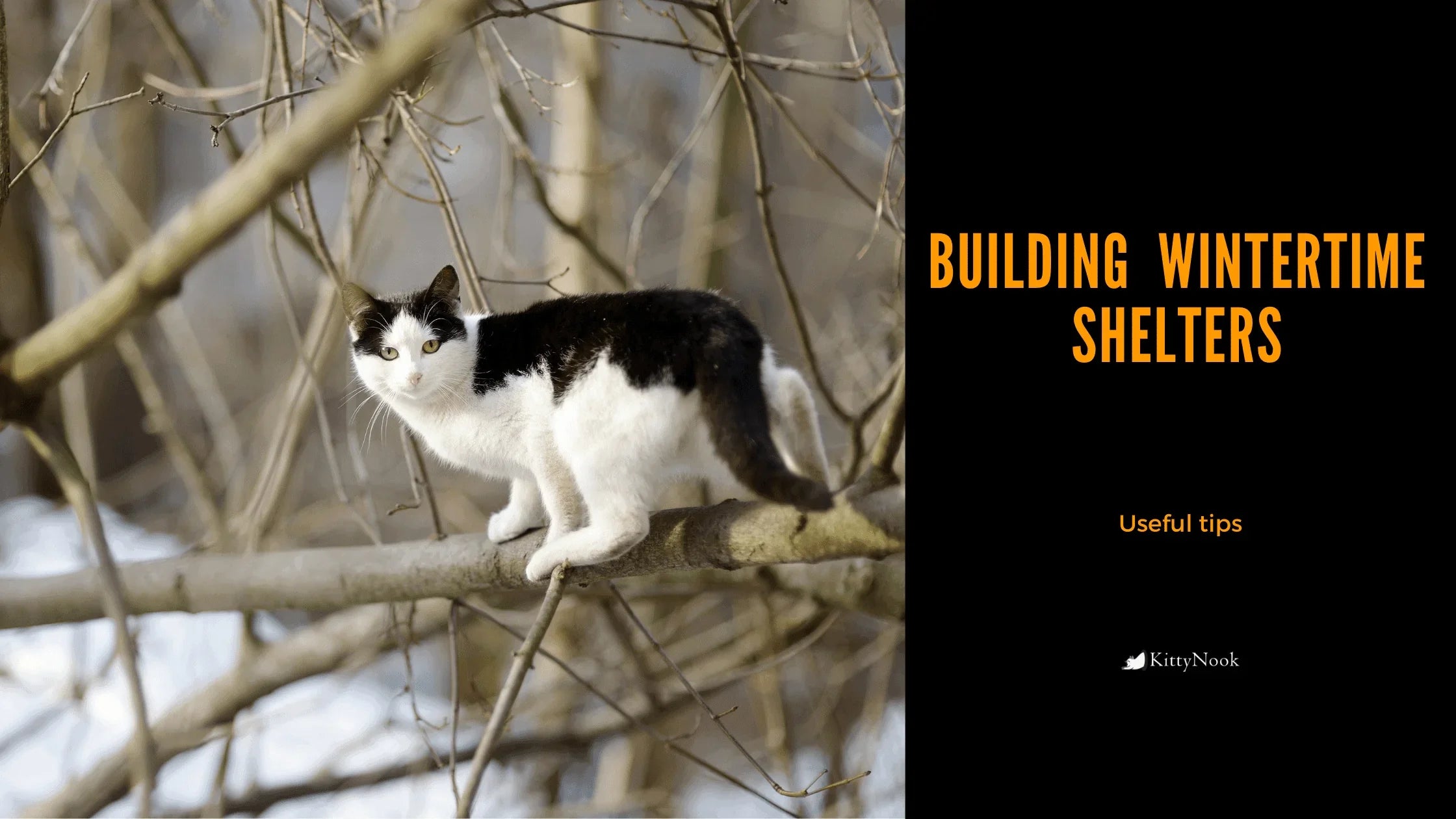Building a wintertime shelter for outdoor cats can be both easy and economical.
The two popular styles are:
- Styrofoam containers, like those used to deliver disposable food and medicines materials.
- Plastic storage containers with removable covers, such as Newell Rubbermaid bins.
When creating a shelter, here are a couple of keynotes to keep in mind:
All excellent shelter designs have two qualities
- Strong insulation is required to catch body heat. For this, it is ideal to use a straw, not hay or blankets.
- A small air area means less heat is required to keep the cats inside cozy. That said, it's better to use smaller bins than giant ones. Only one or two felines are needed to heat smaller shelters. Having lots of space with only one or two cats inside will certainly remain cold. This means that two smaller sized covers are better than one huge one.
Do not take too lightly the number of community cats in your area.
You might only see one or two, but there are most likely many more. Try to offer more shelter space than you imagine is needed.
The placement of shelters is necessary for keeping felines secure from predators.
If you have dogs, place your shelter behind a fence where the dogs can not get in. You can also have the shelter entry facing a wall so only cats can get in and out.
Keep your shelters and feeding areas out of sight, no matter how friendly the site may appear to you.
Elevate your shelters.
Avoid placing your covers directly on the cold ground. You can place a straw beneath the top to make it easier for the cats to warm up using their body heat.
Make the door as tiny as possible.
Cats usually need an opening of just about 5 1/2 or 6 inches in diameter, or about their whiskers' size. A small door discourages bigger and bolder predators from getting inside. Additionally, smaller-sized openings keep in heat better.
If there is a demand for a getaway door, do not cut openings straight throughout each other as this will make the shelter drafty. Additionally, keep the door several inches above the ground. This way, snow is less likely to trap the cats inside. It will also keep rain from sprinkling inside the shelter.
For that extra layer of defense, make a pet flap with plastic or heavy plastic garbage bags. This will provide more insulation and will help keep the rain and wind from entering the shelter. The cats inside will feel more secure.
Some more things to keep in mind:
Protecting the cats against dampness

Raising the shelter's rear helps to keep rainfall from pooling and snow from accumulating on the roof. Having little holes drilled on the shelter's flooring permits rainwater to drain out but keep these holes to a minimum.
How to protect Lightweight shelters against the wind
- Put some five or 10-pound level barbell weights or similar objects on the shelter's flooring under the bed linens.
- Place massive rocks or bricks on the lid or top of the shelter.
- Have two shelters facing each other. Put a large board on their roofs. This weighs the shelters down and can make the entryway more protected.
Some notes on insulation materials:
- Blankets, towels, and newspapers absorb heat, and therefore should not be used. They will make the cat feel colder.
- Straw is the best material to use. It is better for hay because it can absorb dampness and is less likely to develop mold, mildew, or rot.
We hope that this guide provided help in creating a shelter for community cats in your area. Remember that cats can take time to begin using your new shelter, so don't wait to build it.





















